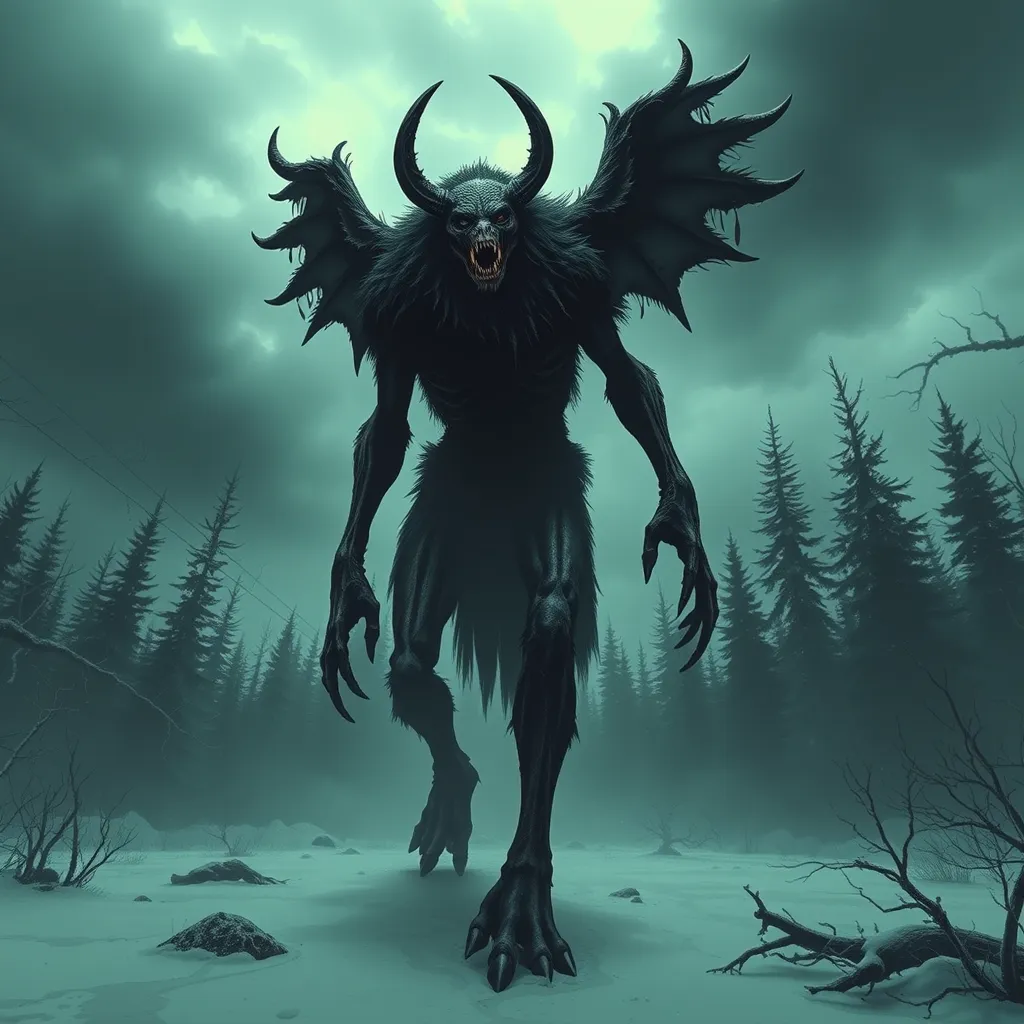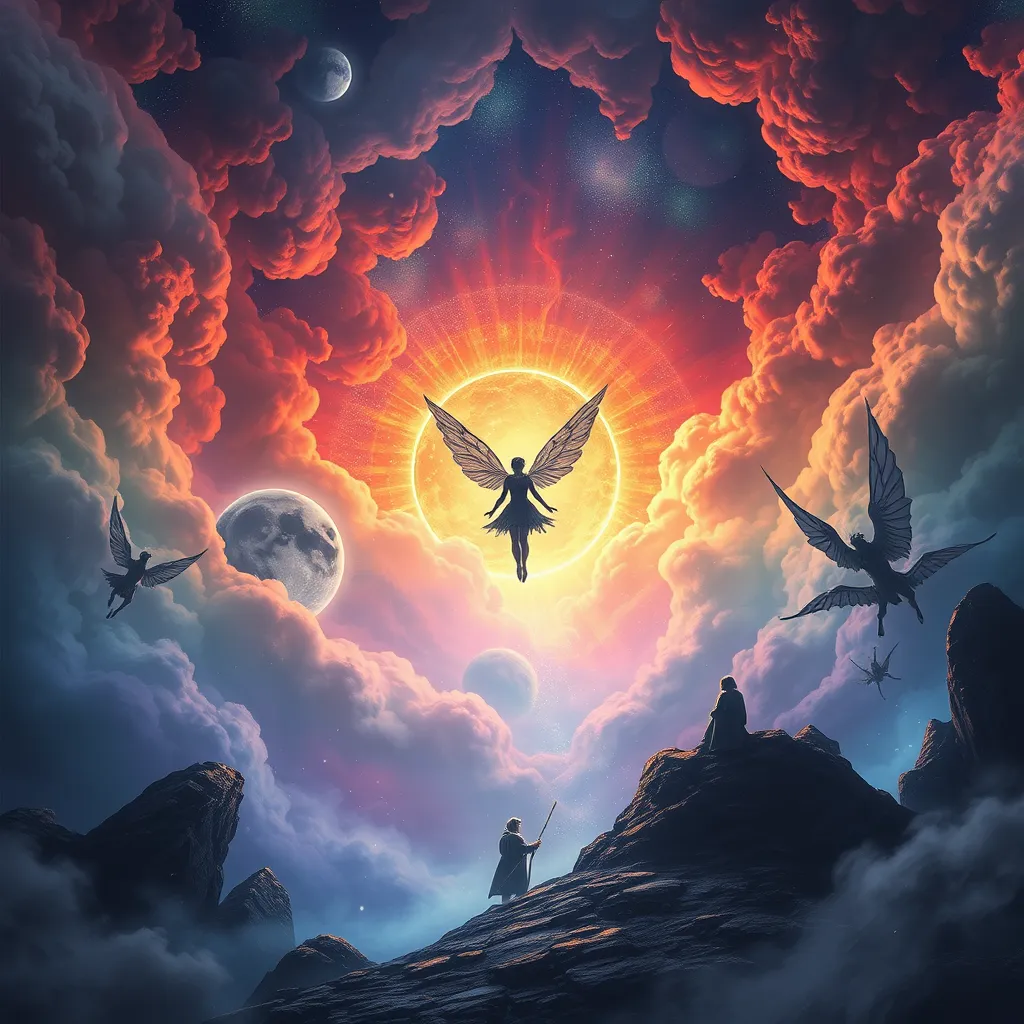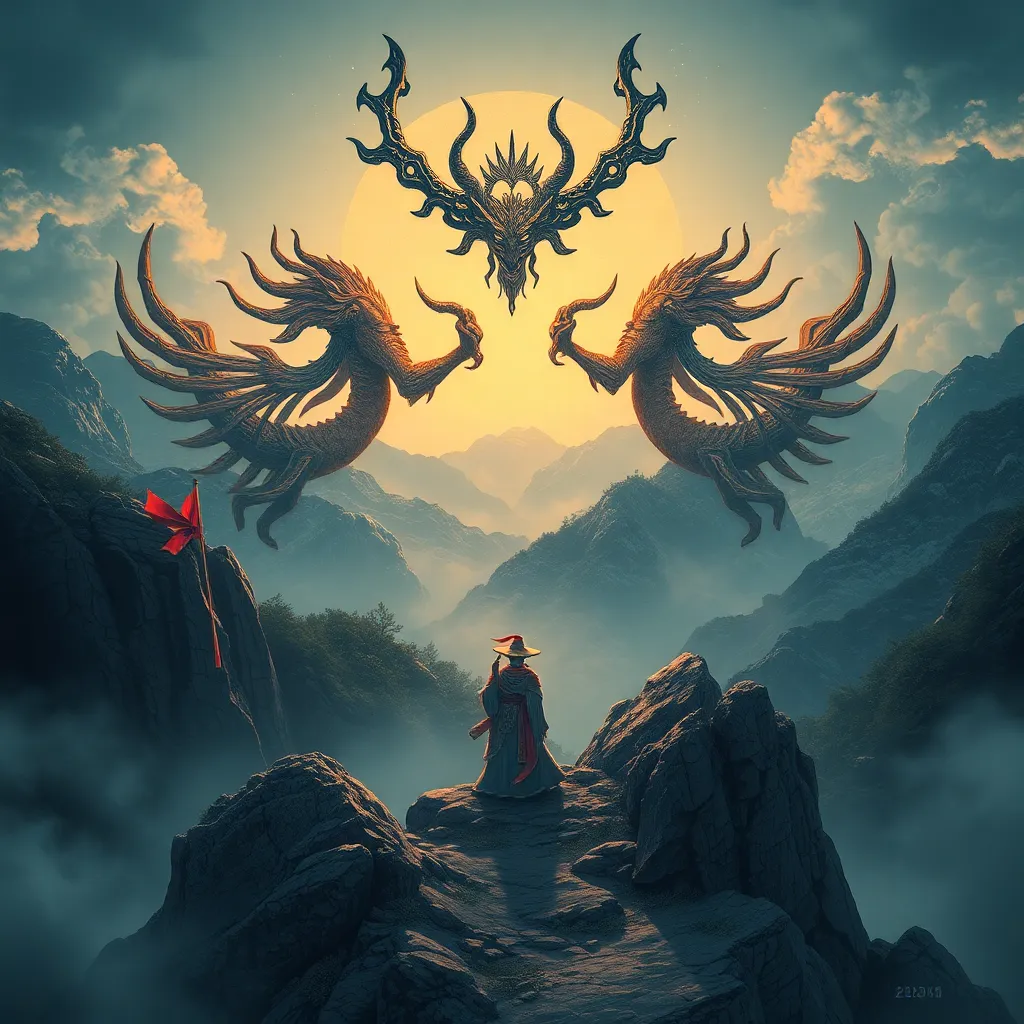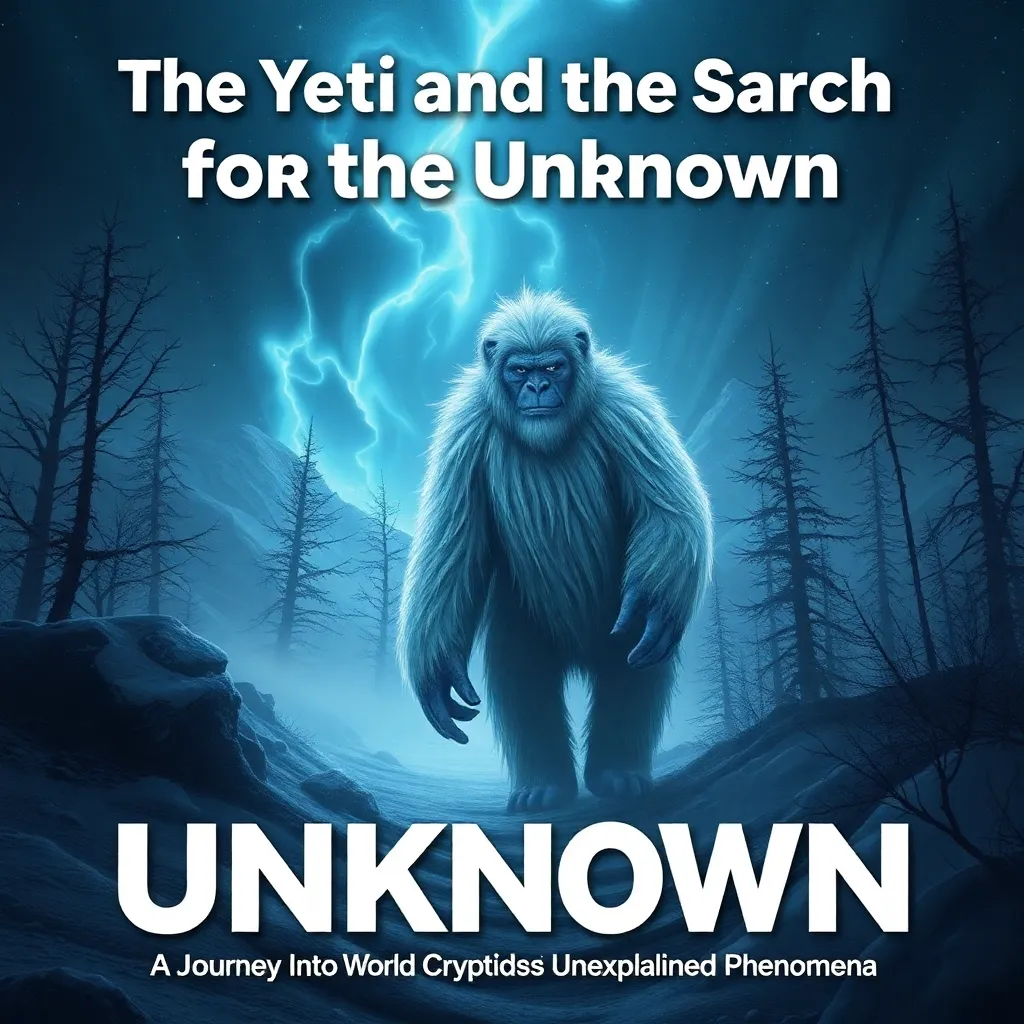The Wendigo’s Return: Exploring the Wendigo’s Resurgence in Contemporary Horror and Literature
I. Introduction
The Wendigo is a creature rooted in Algonquian folklore, often depicted as a malevolent spirit associated with winter, hunger, and greed. Traditionally described as a gaunt, emaciated figure with an insatiable appetite for human flesh, the Wendigo serves as a cautionary tale against the dangers of excess and moral decay.
In Indigenous cultures, the Wendigo is more than just a monster; it embodies the consequences of selfishness and the loss of humanity. It serves as a powerful symbol for the struggles faced by communities, particularly in relation to the environment and personal morality. This article will explore the resurgence of the Wendigo in contemporary horror and literature, examining how its significance has evolved and what it represents in today’s society.
II. Historical Context of the Wendigo Legend
The roots of the Wendigo legend can be traced back to the oral traditions of various Indigenous peoples of North America, particularly the Algonquin tribes. These stories were shared across generations, illustrating the fears and moral lessons of the time.
- Indigenous roots and traditional stories: The Wendigo was often depicted as a once-human figure transformed by the consumption of human flesh, reflecting the deep-seated fears of starvation and cannibalism during harsh winters.
- The Wendigo as a symbol of greed and excess: The myth serves as a stark warning against greed, illustrating how an unquenchable desire for more can lead to one’s downfall.
- Evolution of the myth over time: As societies evolved, the Wendigo legend adapted, reflecting changing cultural values and societal fears.
III. The Wendigo in Classic Literature and Early Horror
The Wendigo has appeared in various forms in classic literature and early horror, influencing the genre significantly.
- Notable early depictions of the Wendigo: One of the earliest literary references can be found in Algernon Blackwood’s 1910 short story “The Wendigo,” where the creature is portrayed as a terrifying embodiment of nature’s primal forces.
- Influence on Gothic literature and early American horror: The Wendigo’s themes of isolation and madness resonate with the Gothic tradition, contributing to the atmosphere of dread in early American horror tales.
- Comparisons to other horror figures and monsters: Like other horror figures, such as vampires and werewolves, the Wendigo represents the darker aspects of human nature, but with a unique cultural context.
IV. The Resurgence in Contemporary Horror
In recent years, the Wendigo has experienced a resurgence in contemporary horror narratives, particularly in film.
- Recent films featuring the Wendigo: Movies such as “Antlers” (2021) and “Ravenous” (1999) have brought the Wendigo myth back into the public consciousness, offering modern interpretations of the creature.
- Analysis of themes and representations in modern cinema: These films often explore themes of isolation, desperation, and the consequences of human actions, aligning with the original moral lessons of the Wendigo myth.
- The role of visual media in reviving the myth: The use of striking visuals and sound design in cinema helps to amplify the fear and dread associated with the Wendigo, making it a potent symbol in contemporary horror.
V. The Wendigo in Contemporary Literature
The Wendigo’s presence in literature has also been revitalized, with numerous authors exploring its themes in new and innovative ways.
- Notable books and authors exploring the Wendigo theme: Works by authors like Stephen Graham Jones and Caitlín R. Kiernan have reimagined the Wendigo narrative, infusing it with fresh perspectives and cultural relevance.
- Trends in modern storytelling: psychological horror and cultural commentary: Many contemporary stories delve into psychological horror, using the Wendigo as a metaphor for personal and societal demons.
- The impact of social issues on the portrayal of the Wendigo: Themes of colonialism, environmental destruction, and mental health are increasingly woven into Wendigo narratives, reflecting the complexities of modern life.
VI. Thematic Analysis: What the Wendigo Represents Today
As the Wendigo legend evolves, it takes on new meanings and reflects contemporary societal issues.
- The Wendigo as a metaphor for consumerism and environmental destruction: The insatiable hunger of the Wendigo can be seen as a parallel to modern consumer culture and the destruction of natural resources.
- Exploration of isolation, madness, and survival in the context of the myth: The Wendigo embodies the psychological struggles that accompany isolation and the fight for survival in an increasingly disconnected world.
- How the Wendigo serves as a reflection of contemporary societal fears: The creature encapsulates current anxieties about mental health, societal collapse, and the consequences of unchecked ambition.
VII. The Role of Indigenous Voices in Modern Interpretations
Indigenous perspectives are crucial in ensuring authentic representations of the Wendigo myth in modern narratives.
- Importance of authenticity and representation in retellings: It is vital to acknowledge the original cultural context of the Wendigo and respect the stories told by Indigenous peoples.
- Contributions of Indigenous authors and creators to the Wendigo narrative: Indigenous creators are reclaiming the Wendigo myth, offering nuanced interpretations that challenge stereotypes and illuminate cultural truths.
- The balance between cultural appropriation and appreciation: Engaging with Indigenous stories requires sensitivity and respect, ensuring that retellings honor the original cultures and do not exploit them.
VIII. Conclusion
The Wendigo myth has undergone significant evolution, transitioning from a cautionary tale within Indigenous cultures to a prominent figure in contemporary horror and literature. Its resurgence reflects an ongoing dialogue about humanity’s relationship with nature, the consequences of greed, and the psychological struggles of modern life.
As we explore the Wendigo’s enduring legacy, it is essential to approach these stories with respect for their origins and the voices of Indigenous peoples. By doing so, we not only enrich our understanding of the Wendigo but also honor the cultural significance of these narratives.
In conclusion, the Wendigo remains a powerful symbol in modern storytelling, urging us to confront our fears and consider the consequences of our actions. Let us continue to explore and respect the rich tapestry of Indigenous stories that shape our understanding of the world.



